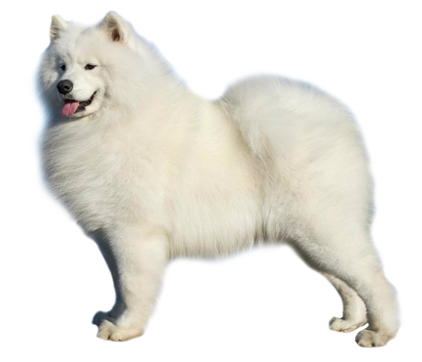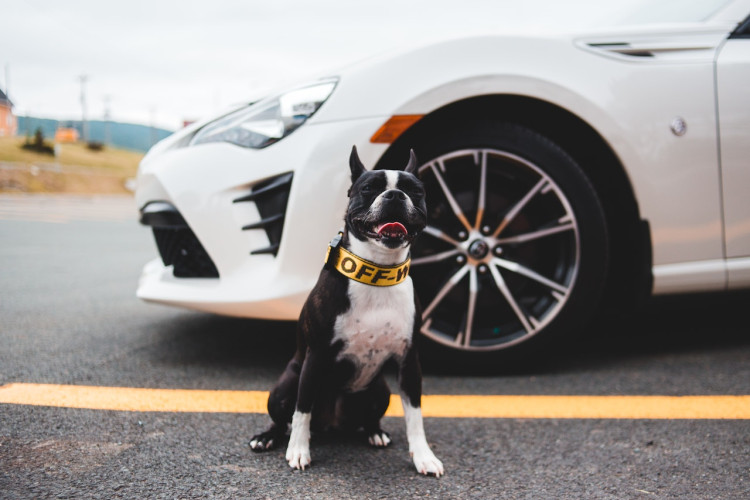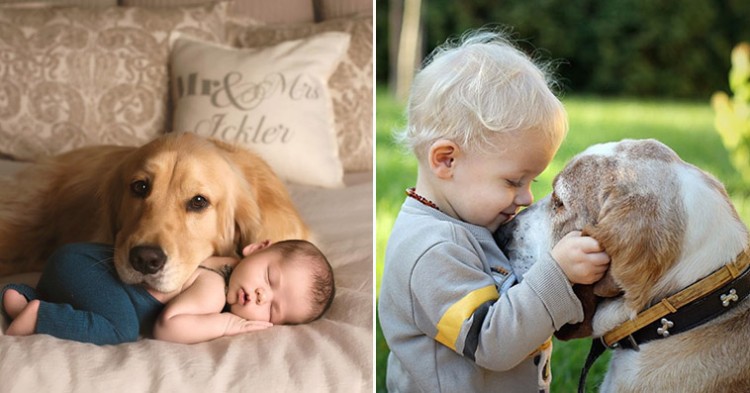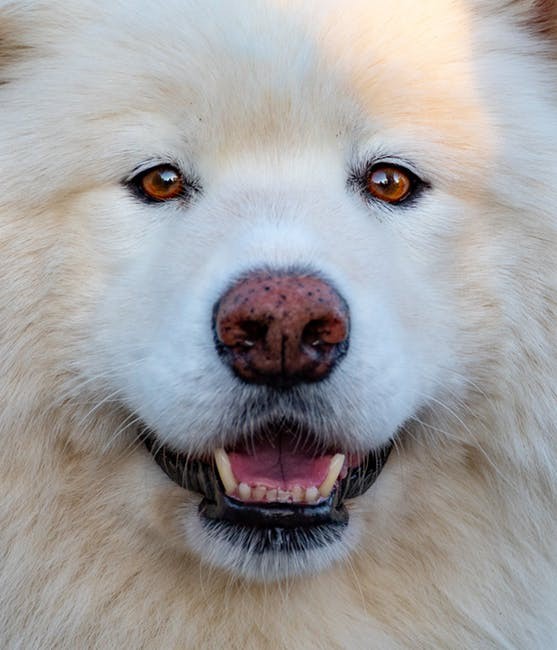
Samoyed
USD $1200-$1500 Price Avg.
Sled Dogs
Group
Purebred
Breed Type
Medium
Size
12-14 years
Lifespan
Breed Information
| Group | Sled Dogs |
|---|---|
| Popularity/Rank | 57 |
| Origin | Russia |
| Other Names | Bjelkier, Nenetskaya Laika, Sammy, Samoiedskaya Sobaka, Samoyedskaya, Smiley |
| Breed Type | Purebred |
| Price (Avg.) |
USD $1200-$1500
How much does it cost to buy a Samoyed? Samoyed are usually priced differently from breeder to breeder and from place to place. As a rough guide, you can expect to pay between $1200 to $1500 if you purchase your dog from a reputable breeder. The price will increase if the dog has a fantastic pedigree. Dogs that already have basic training maybe even more expensive. But, most Samoyeds can be adopted through a shelter for a lower fee. |
| Size | Medium |
| Weight |
Male: 45-65 pounds (20.5-30 kg),
Female: 35-50 pounds (16-20.5 kg) |
| Height |
Male: 21-23.5 inches (53-60 cm),
Female: 19-21 inches (48-53 cm) |
| Lifespan | 12-14 years |
| Recognized by |
AKC, FCI
The American Kennel Club in 1906 as a Working breed. And FCI in the Spitz and primitive types group, in the Nordic Sledge Dogs section. |
| Purpose | herding reindeer, guarding, hauling sleds |
| Date of Origin | ancient times |
| Ancestry | Spitz |
Appearance & Maintenance
| Coat | Dense |
|---|---|
| Coat Colors | Biscuit, Cream, White |
| Grooming Level | |
| Shedding Level | |
| Eye Color Possibilities | Brown |
| Nose Color Possibilities | Black |
| Coat Color Possibilities | Cream, White |
| Coat Length | Large |
| Coat Density | Dense |
| Coat Texture | Straight |
| Recommended Brushes | Comb, Nail Clipper, Pin Brush |
| Brushing Frequency | Weekly |
Breed Characteristics
| Temperament | Alert, Friendly, Intelligent, Lively, Playful, Sociable, Sportive, Stubborn, Vigilant |
|---|---|
| Intelligent | |
| Trainability | |
| Playfulness | |
| Sensitivity Level | |
| Affection Level | |
| Social Interaction Required | |
| Barking | |
| Watchdog Ability | |
| Territorial | |
| Biting Force | Low |
| Mouthiness | |
| Impulse to Wander or Roam | |
| Prey Drive | |
| Adaptability | |
| Tolerates Being Left Alone | |
| Fighting Dog | Not really |
Good & Friendly with
| Apartment Life Friendly | |
|---|---|
| Stranger Friendly | |
| Kid-Friendly | |
| Cat Friendly | |
| Dog Friendly | |
| Office Friendly | No |
| Senior Citizens Friendly | |
| Pet Friendly | |
| Friendly with First Time Owners | Yes |
| Service Dog | Not really |
| Therapy Dog | Not really |
| Detection, Sniffer or Security Dog | Not really |
| Search and Rescue Dog (SAR) | Not really |
| Boat Dog | Not really |
| Cart Pulling or Drafting Dog | Not really |
Health Elements
| Health Issues | |
|---|---|
| Health Problems | Bloat, Diabetes, Hip Dysplasia, Progressive retinal atrophy (PRA), Pulmonic Stenosis |
| Hypoallergenic | Yes |
| Energy Level | |
| Exercise Required | |
| Sleeping Required | |
| Weight Gain Potential | |
| Weather & Climate | Prefers cold weather |
| Stinkiness | Low |
| Drooling tendency | |
| Activity Level | Moderate |
| Rec. Walk Mileage Per Week | 8 miles |
| Minutes of Activity Per Day | 60 minutes |
Food & Costing
| Avg. Daily Food | 2 to 3 cups of high-quality dry food a day, divided into two meals. |
|---|---|
| Cups Per Day | 2.8 cups |
| Daily Cost | $1.20 - $1.40 |
| Monthly Cost | $34.00 - $45.00 |
Reproducibility
| Gestation Duration | 60-64 days |
|---|---|
| How often can the Samoyed have a litter? | Once a year. |
| Litter Size | 4-6 puppies (Once a year.) |
Description
The Samoyed dog is a beautiful and unique breed of dog that has been around for centuries. It is a medium-sized, fluffy white dog with a thick double coat and an alert, friendly expression. The Samoyed is known for its intelligence, loyalty, and playful nature.
Appearance: The Samoyed has a thick double coat that can range from white to cream in color. Its fur is long and silky, with some dogs having longer fur on their legs and chest. The ears are triangular in shape and the eyes are almond-shaped with dark brown or black rims. The tail of the Samoyed is usually curled over its back when it's relaxed or excited.
Lifespan, Size, Weight & Colors: The average lifespan of the Samoyed is between 12 to 14 years old. They typically weigh between 35 to 65 pounds (16 to 29 kg) and stand at 18 to 22 inches (46 to 56 cm) tall at the shoulder. Common colors include white, cream, biscuit (light tan), silver-gray or black-tipped fur on their backs or tails.
Personality: The Samoyed is an intelligent breed that loves being around people and other animals alike! They are loyal companions who enjoy playing games such as fetching balls or sticks as well as going for walks or hikes with their owners. They have an independent streak but also love cuddling up next to their owners when they’re feeling tired or lonely.
Friendliness: When it comes to other dogs, cats, children and other animals the Samoyed can be very friendly if properly socialized from a young age! They do best when they’re given plenty of attention from their owners so they don’t become bored which could lead them into trouble if left alone too often!
Temperament: The temperament of the Samoyed can vary depending on how much exercise they get each day as well as how much attention they receive from their owners! Generally speaking though these dogs are very gentle natured yet still have enough energy for playtime activities such as running around in open spaces like parks or beaches!
Health: As far as health goes the Samoyeds tend to be quite healthy overall but like all breeds there are certain conditions that may affect them such as hip dysplasia which can cause lameness in one leg due to joint malformation; eye problems; skin allergies; diabetes; heart disease; thyroid issues; epilepsy; bloat (gastric torsion); luxating patella (dislocation of kneecap); progressive retinal atrophy (PRA); deafness; hypothyroidism etc… It’s important for potential owners of this breed to research any health issues before getting one so you know what you may be dealing with down the line should any arise!
Adaptability Level & Benefits: When it comes adaptability level these dogs do quite well living both indoors and outdoors although they prefer cooler climates due to their thick coats which means hot summers may not be ideal for them! As far as benefits go these dogs make great family pets due to their loving personalities plus they require minimal grooming making them low maintenance compared some other breeds out there!
History
The Samoyed is a breed of dog that originates from the Samoyedic people of Northern Siberia. These nomadic reindeer herders bred the fluffy white dogs to help with the herding, and to pull sleds when they moved from place to place. The dogs were also used as watchdogs, and were kept inside the family's tent when they slept. The Samoyedic people referred to them as "Nenets-kum" or "Sammoyeds", which means "working dog".
The breed almost became extinct in the early 1900s due to the Russian Revolution, when many of the Samoyedic people died or were forced to leave their homeland. The few dogs that remained were brought to England and Scandinavia by explorers and traders. In 1906, a Russian explorer named Vladimir Rusanov took some of these dogs back to Russia, where they became popular pets among the upper class.
The Samoyed was recognized as a breed by the Kennel Club (UK) in 1909, and by the American Kennel Club in 1911. They became increasingly popular in North America and Europe during the 20th century. Today, they are still used as working dogs in some parts of Siberia, but are mostly kept as companion animals.
The ancestry of the Samoyed is unknown, but it is thought that they are related to other Nordic breeds such as the Finnish Spitz and Norwegian Buhund. They are also similar in appearance to some Asian breeds such as the Akita and Shiba Inu.







